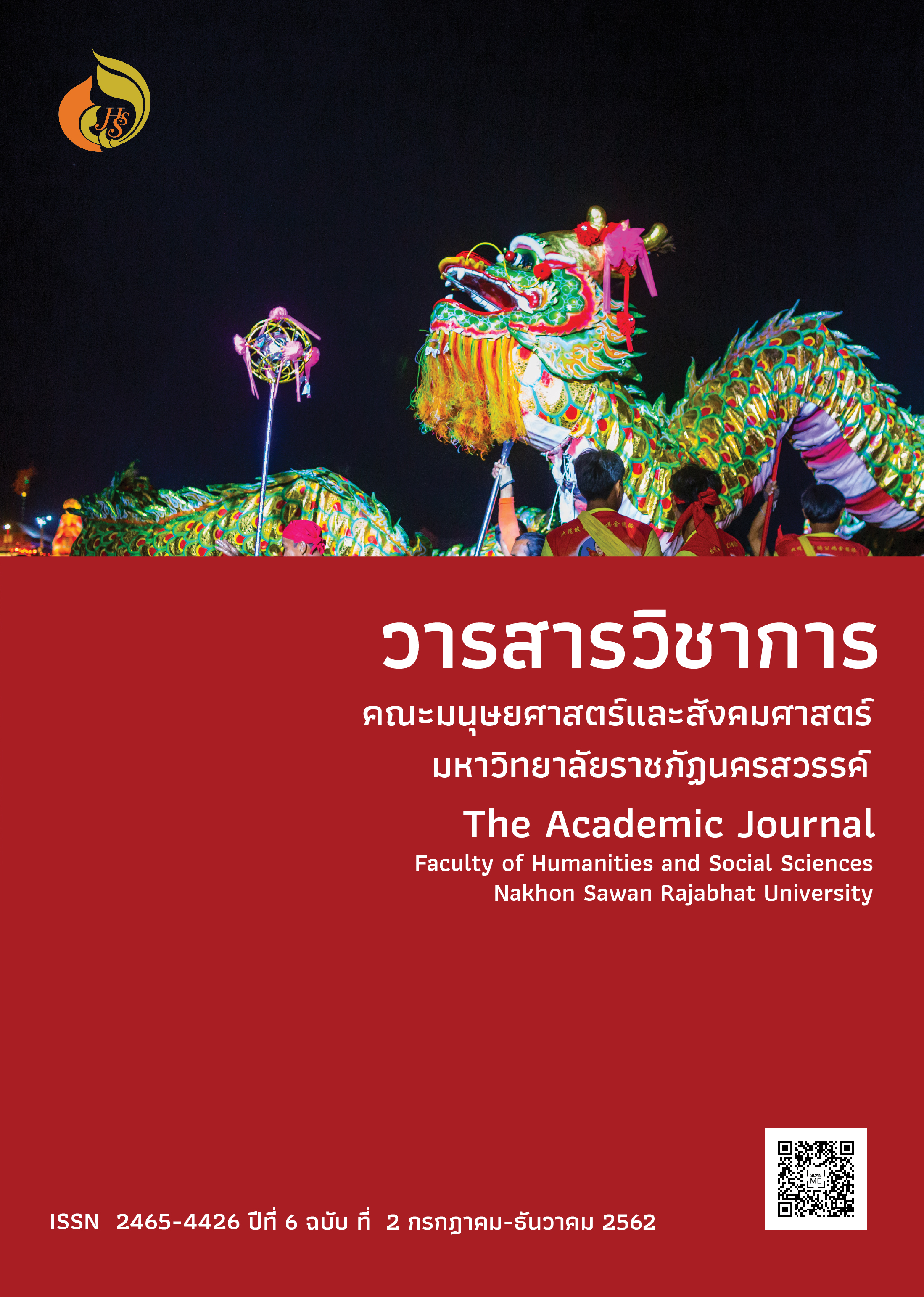The Prophet Role of Sondhi Limthongkul and the People’s Alliance for Democracy in Presenting Civil Religion Issues on Their Television Programs Against Thaksin Shinawatra Government: 2005-2006
Main Article Content
Abstract
This research aimed to study the role of “mass media”, Sondhi Limthongkul and the People’s Alliance for Democracy (PAD.), who became a “prophet” through using civil religion against the Thaksin Shinawatra government and to seek how the issues of civil religion were presented on their television programs. The research methodology was a content analysis both quantitative and qualitative. In order to achieve research results, the 67 television programs from 6 September 2005 to 19 September 2006 were examined, and then, the frequency and the percentage of statements appearing in the issues of the programs were analyzed. In addition, the influence of social and political context along with elements of television program production were considered while interpreting the program contents.
The study found that due to the government being legitimate from the elections, to attack the government, mass media utilized civil religion as strategic issues to stimulate the coalition against the government. It was the first phenomenon that Thai television programs were merged with the public protest that portrayed the persuasive evidence. For this political fighting, broadcasting television programs via satellite were the main communication channel contributing to prophet role of Sondhi Limthongkul and PAD. Especially, the television programs could empower the role of Sondhi Limthongkul, the program moderator, as the respectable prophet who had the opportunity to show his competence in news analysis and criticism based on Dharma principles in Buddhism and civil religion before he became a leader against the government. There were a total of 29 issues of civil religion presented on television programs, divided into 4 groups of issues: 1) democratic politics 2) morality and ethics of persons holding political positions 3) monarchy 4) religion and belief, ordering from the most to the least percentage of appearing statements. The television programs set news agendas by emphasizing the issues in accordance with the situation and the goal of protest. The “conservative ideology code” was applied to construct the meaning through signs that were words or activities showing respect for the monarchy and adhering to civil religion. Moreover, the “liberal ideology code” was used to dominate the “reality representation code” and “television technical code”of the programs to promote the importance of participation and the right to information among the people.
Article Details
References
ฌอง ฌากส์ รุสโซ. (2550). สัญญาประชาคม หลักแห่งสิทธิทางการเมือง (วิภาดา กิตติโกวิท, ผู้แปล). กรุงเทพฯ: ทับหนังสือ.
พระศรีปริยัติโมลี. (2548). อยู่กับทักษิณ-ไทยรักไทย ปัญหาศีลธรรมคือวิกฤติหลักของสังคมไทย. อยู่กับทักษิณ. กรุงเทพฯ: ขอคิดด้วยคน,
มาคิอาวิลลี, นิโคโล. (2547). เจ้าผู้ปกครอง [The Prince] (สมบัติ จันทรวงศ์, ผู้แปล). กรุงเทพฯ: คบไฟ
สนธิ ลิ้มทองกุล. (2548). เมืองไทยรายสัปดาห์ 2. กรุงเทพฯ: บ้านพระอาทิตย์.
สุวิชชา เพียราษฎร์. (2551). ASTV ขบถสื่อโทรทัศน์ไทย. กรุงเทพฯ: บ้านพระอาทิตย์,
Bellah, Robert N. (1967). Civil Religion in America. Journal of the American Academy of Arts and Sciences., 96: pp. 1-21.
Fiske, John. Television Culture , New York: Routledge, 1990.
Hilliard, Robert L., Writing Television Radio and New Media (8th), Australia: Thomson/ wadsworth, 2004.
Lasswell, H., (1971). The Structure and Function of Communication in Society. in Schramm, W. and Roberts (eds.) The Processes and Effects of Mass Communication (2nd ed.), University of Illinois Press,
Patterson, James M. (2007). Prophets and the American Civil Religion. Retrieved April 6, 2009, from http://www.virginia.edu/politics/grad_program/print/ JamesPatterson.pdf.
Tietje, Louis and Cresap, Steven. (2005). Hegemonic Visualism. Retrieved April 6, 2009,
form http://radicalpedagogy.icaap.org/content/ issue7_1/tietje-cresap.html


